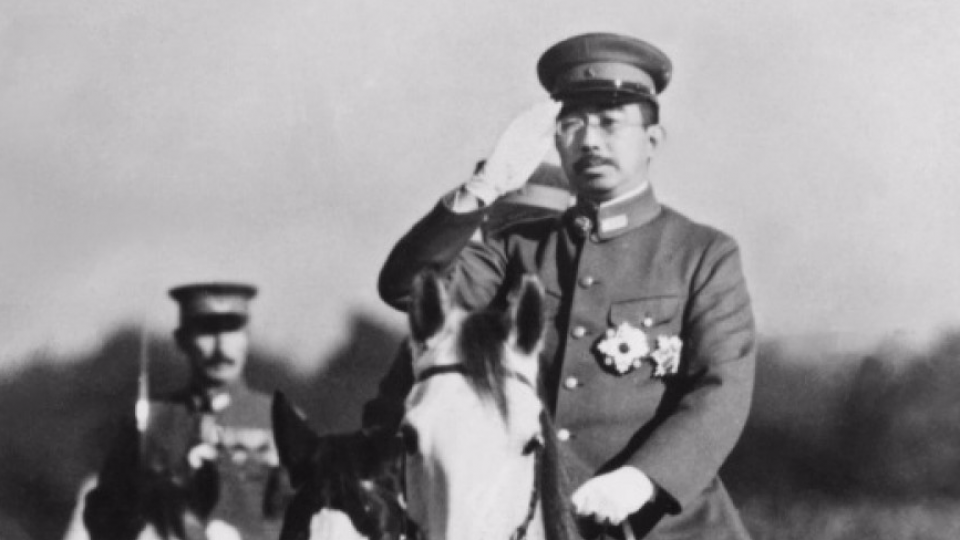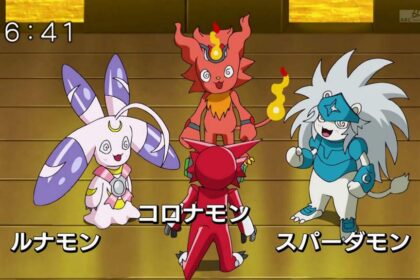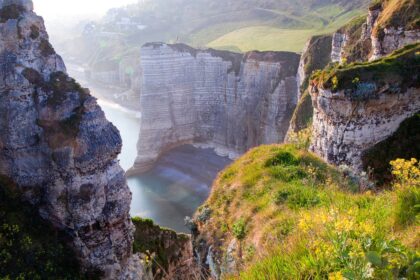Hirohito was the 124th Emperor of Japan according to the traditional order of succession, reigning from December 25, 1926, until his death on January 7, 1989. He was succeeded by his eldest son, Akihito. Take a look below for 30 more fascinating and interesting facts about Emperor Hirohito.
1. In Japan, he’s now referred to primarily by his posthumous name, Emperor Showa.
2. The name “Hirohito” means “abundant benevolence.”
3. At the start of his reign, Japan was already one of the great powers; the ninth-largest economy in the world, the third-largest naval power, and one of the four permanent members of the council of the League of Nations.
4. He was the head of state under the Constitution of the Empire of Japan during Japan’s imperial expansion, militarization and involvement in World War II.
5. After Japan’s surrender, he wasn’t prosecuted for war crimes as many other leading government figures were, and his degree of involvement in wartime decisions remains controversial.
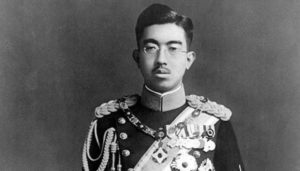
6. During the post-war period, he became the symbol of the new state under the post-war constitution and Japan’s recovery, and by the end of his reign, Japan had emerged as the world’s second largest economy.
7. Hirohito was born on April 29, 1901, in Tokyo.
8. He was the eldest son of Yoshihito, the Taisho Emperor.
9. At the age of seven, he was enrolled at the Peer’s School, which was run by Maresuke Nogi, an infantry general who distinguished himself in the Russo-Japanese War.
10. Hirohito was taught by Nogi and two Confucian tutors about discipline, loyalty, samurai virtues and responsibilities that went along with being a descendant of the sun goddess.
11. Hirohito was 11 years old when the Meiji Emperor died and his father ascended to the throne and became the Taisho Emperor. After that, Hirohito was taught by war hero Admiral Heihachiro Togo.
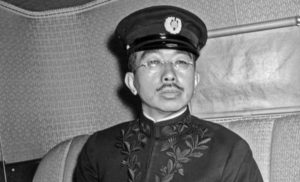
12. At the age of 20, Hirohito became the first royal prince to leave Japan and see the world.
13. He traveled around Europe and was given a welcome reception. He played golf, went fishing in Scotland, shopped in Paris, visited museums and even challenged the rule that Japanese royals were not to touch money by having his aids place bets for him on British horse races.
14. In 1923, shortly after the devastating Tokyo Earthquake, an assassin took a shot at Hirohito as he rode in an imperial limousine.
15. On January 26, 1924, Hirohito married Empress Nagako, the eldest daughter of Prince Kuni. The marriage was arranged when he was 16 and she was 14, but almost didn’t happen because some advisers were concerned about rumors that some of her relatives were color blind.
16. Hirohito and Nagako had eight children.
17. Hirohito has been described as a shy, troubled, aloof, lonely, reclusive family man who was puritanical in private and formal in public.
18. His biographer, Herbert Bix, described him as a “nervous man” of average intellect, having “a strong streak of opportunism” and “moral cowardice.”
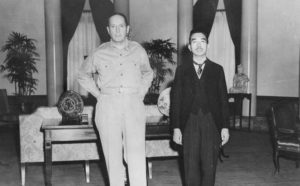
19. His teachers had convinced him that the preservation of the Japanese monarchy was imperative to the survival of Japan itself and Hirohito saw this as his primary responsibility.
20. Every morning Hirohito ate an English breakfast, a fried egg, grilled tomato and bacon or sausage, took English tea in the afternoon and had a golf course built on the palace grounds.
21. He had a strong interest in marine biology.
22. He spent hundreds of hours looking through the eyepiece of a microscope in his specially-made laboratory in the Imperial Palace.
23. As Emperor, Hirohito had the power to appoint and dismiss cabinet members and generals.
24. In 1928, he forced one prime minister to resign for not stopping militarists from conspiring to kill a Chinese warlord in Manchuria. After that, with the exception of 1936 and World War II, Hirohito said that he chose to stay away from politics.
25. In 1936, he ordered the execution of 19 militarists who led an unsuccessful coup against the civilian government in the Emperor’s name.
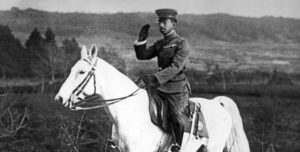
26. Hirohito allied himself with hard line factions in the Japanese military.
27. He helped military leaders weaken political parties, brutally suppressed political dissidents, promoted anti-democratic imperial ideology and enhanced his power at the expense of democracy.
28. Hirohito presided over the Tokyo Olympics in 1964 and made successful trips to seven countries in Europe in 1971 and to the United States in 1975, when he visited Disneyland and was photographed with Mickey Mouse.
29. Hirohito had a “warm relationship” with Liberal Democratic Party Prime Minsters, Eisaku Sato, and Kakauei Tanaka, and was said by some to be manipulated by the tycoons of Japan.
30. He received top-level military briefings even though this violated the constitution through the 1960s and until 1973, when the practice was revealed during the Lockheed Scandal.

